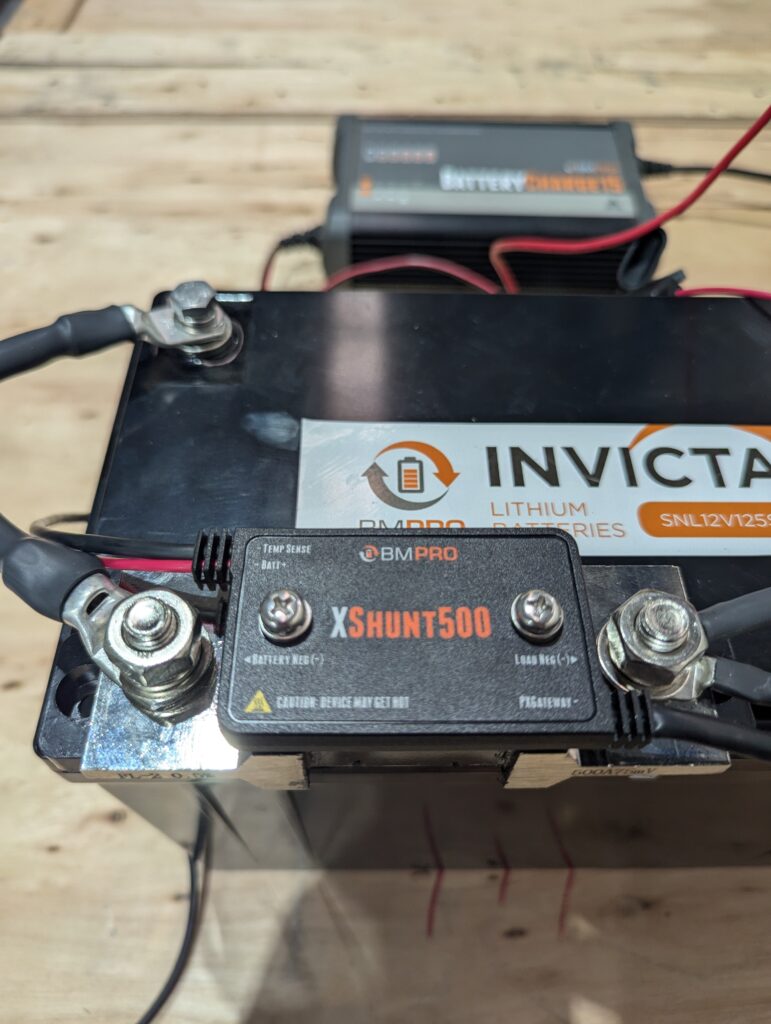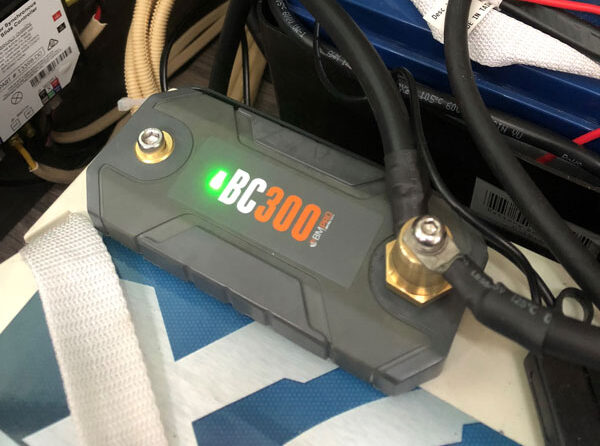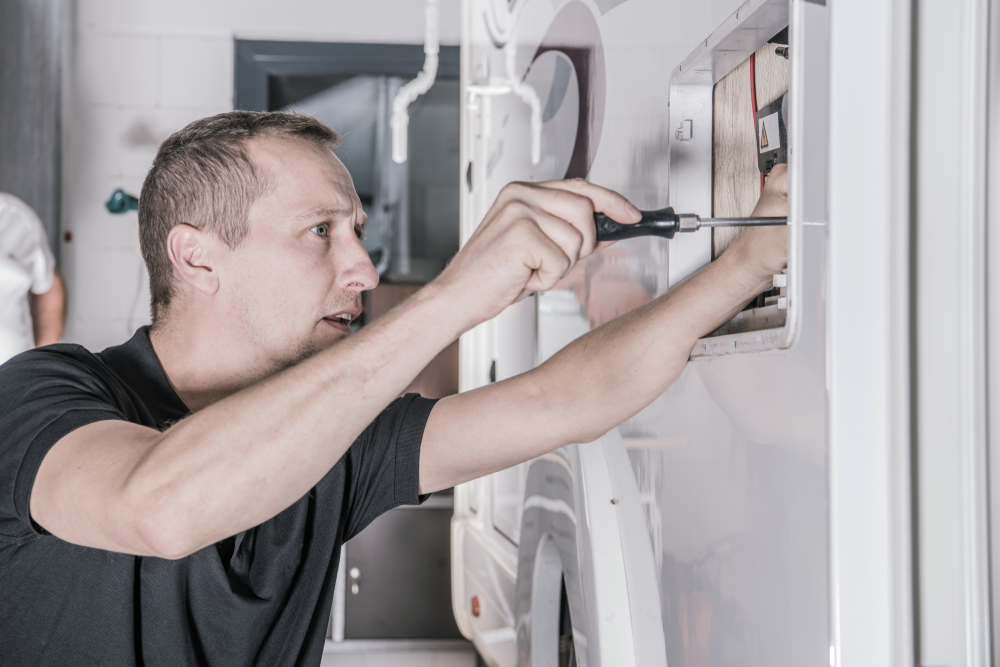
12V Guru – Uncover Your Battery’s Secrets
What’s going on with my batteries? Our 12V Guru discusses how shunts can help you track your batteries activity
Hi 12V Guru – looking installing a few on my own 12V products such as a DC-DC charger and shunt with meter and some places offer cheap connectors and others recommend soldering only. What’s your tip and does it really makes a difference?
Andy G, Hamilton, Victoria
Great question Andy, as a very high percentage of issues that we see are related to the actual connections used during the manufacturing. Poor workmanship and attention to detail regularly leads to customers believing that their charger or screen for example is not functioning correctly when their connections or wiring are actually causing the problem. In the worst case of this returned units have been charred through loose connections where heat has built up – let me explain further.
When a poor connection is made between two surfaces conducting electricity there is increased resistance. In simple terms this may visually appear as not all the strands of wire are well connected or there is a loose screw or bolt holding a ring terminal. This poor connection increases the resistance and therefore more power will be required to keep that flow of electrons moving through. This additional power is converted at that point of resistance to heat. Depending upon how much power is needed over what time this heat will manifest itself a cause damage to cables or electrical appliances normally seen as charring or melting of enclosures or wire insulation.
There are two types of connections you will most likely have to consider in any 12V installation. Firstly, where wires are to be joined together or spliced and secondly where wire is terminated such as at a battery. Where wires are being joined together, we would recommend using a proper wire connector and not soldering. The problem with soldering is that the connection can become brittle and rigid especially if not done correctly. Most DIY installers are not soldering experts and as such may not make a strong connection or apply excessive solder. Over time vibration or movement can cause the connections to break or crack under pressure. This subsequently creates the forementioned resistance and heat buildup. The other issue with soldering is that if the connection is poor and needs to be repaired then the original solder needs to be removed which can be messy and difficult. Alternatively, the original connection may need to be cut from the circuit and addition wire length installed. Resoldering is not ideal and likely to be cumbersome in the confined spaces of an installation.
Quality wire connectors will normally have insulation material as part of the connector which prevents short circuits and the like and in addition high pressure installations such as under the bonnet of a vehicle benefit from adding heat shrink material providing an extra level of strain relief on the two cables and additional insulation. Ensure it is not excessive and does not overhang or encroach on the area required for conductivity.
Terminating of cables for connection to either a load, electrical device or battery will either be via a terminal connector such as a ring or spade terminal. These will most likely be similar to standard wire connectors and should definitely have heat shrink material applied as most likely other connectors in the immediate proximity. Multiple connectors in such a tight space increases the chances of short circuit which obviously is highly undesirable.
With terminating cables directly to a provided connection on the device again, it is not recommended for soldering the ends as this creates brittleness and when pressure such as a screw terminal is tightened it is likely to crack the solder and create a poor connection. The preferred option is to leave the exposed wire strands directly into the connector.
In summary – forget the soldering and use quality wire connectors and lugs with additional heat shrink to ensure high quality workmanship.
Like this post? Share it!

What’s going on with my batteries? Our 12V Guru discusses how shunts can help you track your batteries activity

An electrical shunt is a critical component in electrical circuits. Find out why it’s important and how it functions right here.

Our 12V Guru discusses what to look for in safety and functionality with 12Volt wiring when looking at second hand vans
